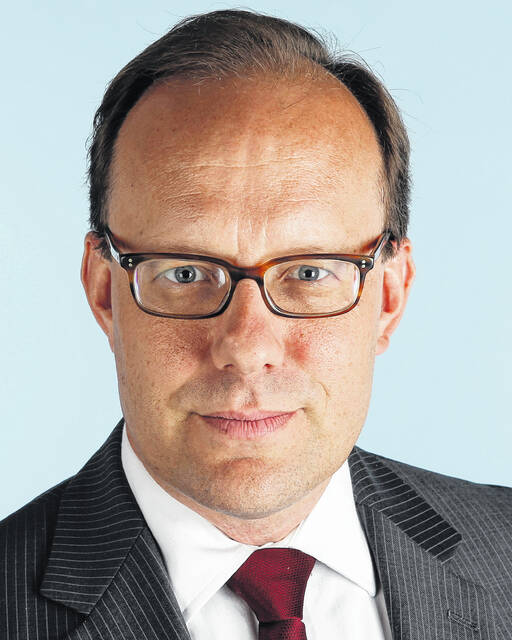Last week it was the Federal Reserve’s Open Market Committee shaping monetary policy and investor expectations. In the week ahead, it will be the Fed’s open mouth practices at work.
Federal Reserve Chairman Jerome Powell begins his common practice of making controlled public appearances after an interest rate decision by the central bank. He is due to appear Tuesday at the Economic Club of Washington, D.C. It will likely be his first public comments since Wednesday’s press conference following the Fed’s smallest rate hike in almost a year.
“The disinflationary process has started,” Powell stated then, using Fed-speak to describe inflation cooling somewhat from its 40-year high. Yet the statement is far from a declaration of victory in its year-long inflation fight. “We have more work to do,” he said during his opening statement to reporters after the rate hike decision.
Powell’s problem is that the market isn’t convinced. The predominant view expressed by the bond futures market is that the Fed will raise rates by one-quarter percentage point in March and then hold steady through late summer.
On Wednesday, Powell was vague with his rate increase forecasts. “We’re talking about a couple more rate hikes,” he said. But he was clear in contradicting the market odds of a couple of interest rate cuts late in the year: “I just don’t see us cutting rates this year.”
Tuesday’s lunchtime appearance before the powerful and plugged-in in Washington present Powell with the opportunity to massage his message after four days of market reaction. Stocks rallied after last week’s decision and comments. Conventional wisdom is that by slowing down its rate increases, the Fed is close to ending this cycle of higher borrowing costs.
The agency is explicitly tackling inflation with its monetary policy. It is implicitly fighting to restore its reputation. Two years ago, speaking before a different economic club, Powell acknowledged “some upward pressure on prices.” But he downplayed any concern to the Economic Club of New York that “that will be neither large nor sustained.”
Consumer inflation was 1.7 percent at the time. It would hit 9 percent a year and a half later.
While the Fed’s late and then aggressive effort to raise borrowing costs may be slowing, its work to repair its reputation is on-going.
Tom Hudson is a financial journalist and chief content officer at WAMU public radio in Washington, D.C. Follow him on Twitter @HudsonsView.







